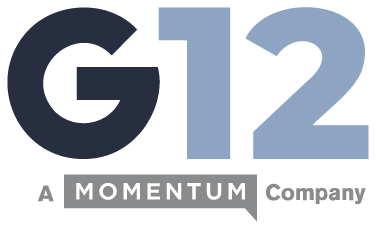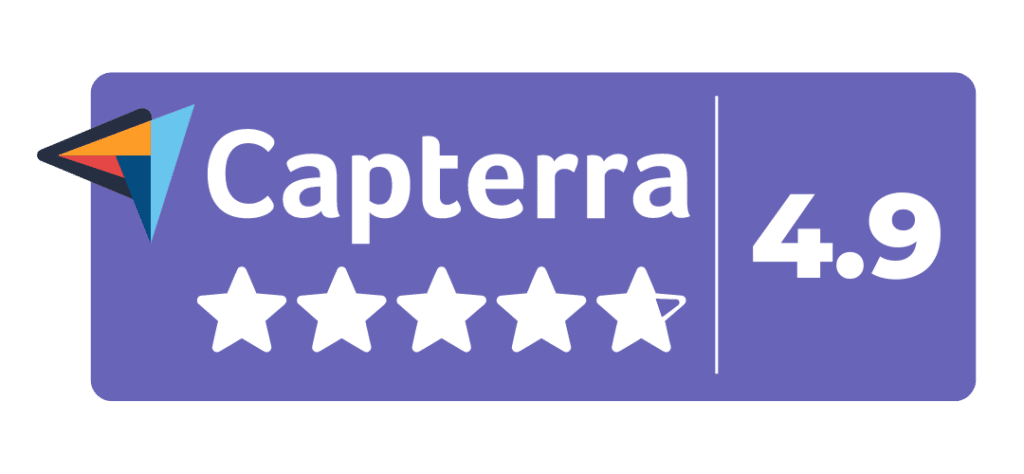
The modern workplace is remote. According to a survey conducted by Gartner, more than 80% of company leaders plan to permit remote work after the pandemic. Virtual hubs for collaboration, including Microsoft Teams, Slack, and other UCaaS platforms, have played a monumental role in transforming the workplace as we know it.
Voice, video, instant messaging, file-sharing, and web conferencing are just a few of the key features included in Microsoft Teams unified communications package. In a world where work requires real-time, virtual collaboration, these features have become an essential part of productivity.
As the modern workplace continues to evolve, Microsoft itself has demonstrated an ongoing commitment to providing all the desktop collaboration tools, including phone system capabilities. However, deploying a Microsoft phone system requires connecting to the public switched telephone network (PSTN), as well as understanding your options when it comes to Direct Routing.
If you are interested in using Microsoft Teams as your primary phone system, we have outlined a few options, key advantages and disadvantages, and other relevant information.
How Do I Connect My Phone System to Microsoft Teams?
To use Microsoft Teams as your primary phone system, you need to connect to the PSTN. There are two ways of doing this:
- Microsoft Calling Plan
- Direct routing
Both Microsoft Calling Plan and direct routing offer PSTN connectivity through Teams. However, there are a few key differences between the two. Not sure which one is best for your business? We’ve examined each option according to its advantages and disadvantages.
Microsoft Calling Plans: Pros and Cons
Let’s begin by discussing the Microsoft Calling Plan, which provides domestic or international calling services priced per user. There is a cap on the total number of minutes available per user. Here are a few of the reasons why you might choose a Microsoft calling plan:
- Single provider for both phone system and calling plan
- Sign up for the service through Microsoft’s online portal
However, Microsoft Calling Plans have a number of drawbacks, including:
- More expensive than direct routing
- Cap on domestic and international usage
- Phone service and PSTN connectivity not known as Microsoft’s core services
- Difficult to manage user adds, move, changes
- Must rely on Microsoft support for issues related to the service
- Long lead times to port numbers
Direct Routing: Pros and Cons
Businesses looking for a more affordable alternative to Microsoft’s Calling Plans often turn to a connectivity option known as direct routing, which offers more advanced functionality for a fraction of the cost.
Here are a few of the advantages of direct routing:
- Lower cost solution
- Phased migration plan
- Multiple pricing options
- More control over services
- Service flexibility with adds, transfers, and other changes
- Capacity-based scalability
- Robust number management control (DIDs)
- Seamless number porting
Direct Routing Deployment Options
Are you interested in direct routing for your phone system? The next step is to learn more about deployment options. There are two ways of delivering direct routing within your existing network environment:
- Installing and managing your own session border controllers (SBCs)
- Purchasing a direct routing service from a carrier or service provider
Let’s take a look at each deployment option in more detail.
Option 1: Install and Manage Session Border Controllers
Installing and managing SBCs yourself requires intimate familiarity with telecom facilities and SBC equipment. While you might save on operating costs, SBC management is an ongoing commitment that involves 24/7 support and monitoring.
Advantages:
- Utilize existing facilities if you are still under contract
- Ability to oversubscribe voice traffic
- Potential lower operating cost depending on users and session counts
Disadvantages:
- Significant investment in equipment
- Requires ongoing maintenance, support, and monitoring of system and traffic
- Management of carrier facilities
- Need fraud monitoring tools
Option 2: Purchase Direct Routing from Service Provider
Choosing a direct routing solution offered by a carrier or service provider lets you rely on their infrastructure in exchange for a monthly recurring fee.
Advantages:
- No upfront capital expenditures for hardware and equipment
- You do not need trained staff to manage session border controllers
- There is no need for carrier trunks or infrastructure such as SIP trunks or PRIs
- No network monitoring requirements for intrusions, hacks, or fraudulent calls
Disadvantages:
- Rely on a carrier for your direct routing service
- You can’t manage and control the SBCs
- If you manage a large deployment you can’t oversubscribe facilities
Direct Routing Pricing Options
Every provider has a unique pricing plan but most fall within the following categories:
- Price per user. This option provides a phone number and, in most cases, unlimited inbound and outbound domestic calling. For a monthly recurring fee per user you typically receive a phone number and the ability to make and receive calls anywhere within the US and Canada.
- Price per session and DID. With this option you can purchase simultaneous call sessions based on your peak capacity requirements and individual DIDs. This plan is usually offered as a monthly recurring charge per session as well as per DID.
Both pricing plans offer a more cost-effective solution than Microsoft Calling Plans.
How to Choose the Right Direct Routing Provider
Partnering with the right service provider makes all the difference. Here are a few features, benefits, and credentials you should keep in mind when searching for a provider:
- Extensive experience delivering direct routing, SIP trunking, and hosted PBX services
- Operates Microsoft-certified SBCs
- Manages a redundant infrastructure
- Offers an experienced, knowledgeable, and responsive technical support team
- Seamless number porting services available
- Experience with successful large, medium, small customer deployments
Experience a Seamless Direct Routing Solution With G12 Communications
Cut costs, improve call quality, and minimize downtime with our direct routing solution. Get in touch with a G12 Direct Routing specialist today by calling (877) 311-8750 (Option 1) or by emailing sales@G12COM.com.
